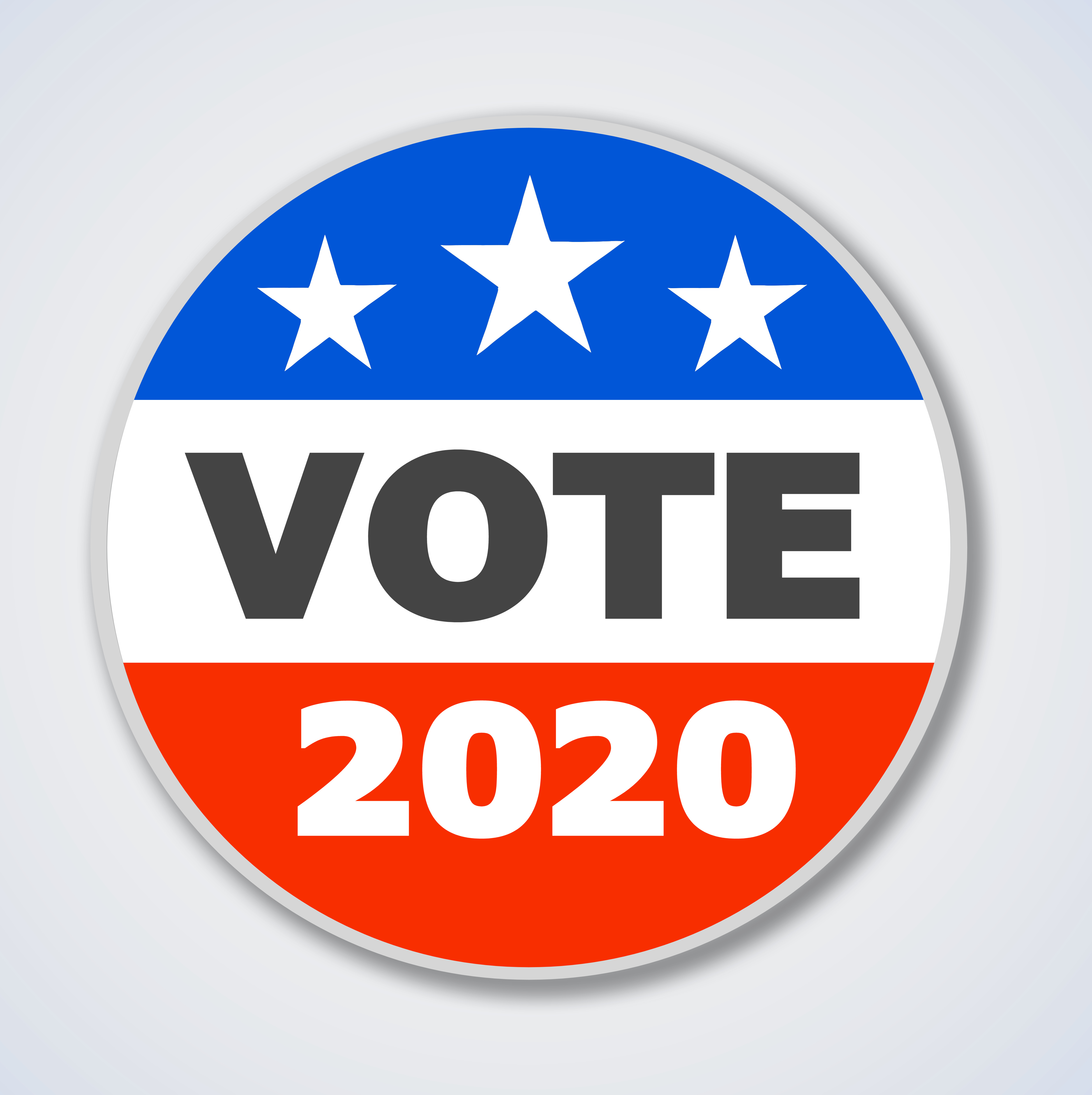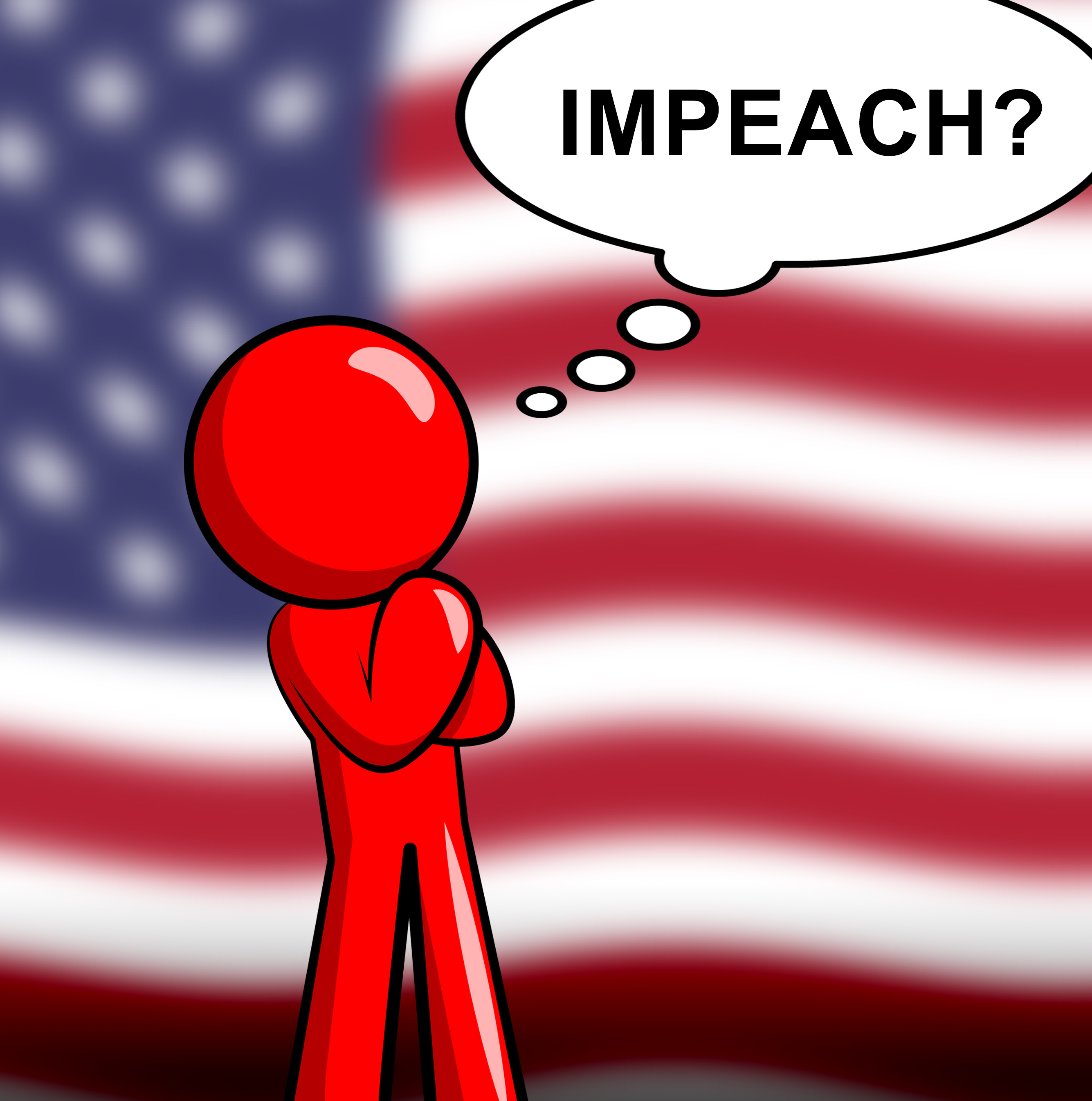
Global Risk Insights
Discover the power of our analysis tools by sampling some of our unique insights below. Please do not hesitate to contact us if you have any questions or want more details. Have a news article you would like us to analyze? Let us know!
Our unique news topic coverage provides a rich capability to analyze news and social media on wide or narrow topics of your choice from multiple perspectives!
Featured Insights
More Insights
March 2021
Bad News Overwhelms US Media Coverage of the Coronavirus, But is it Accurate?
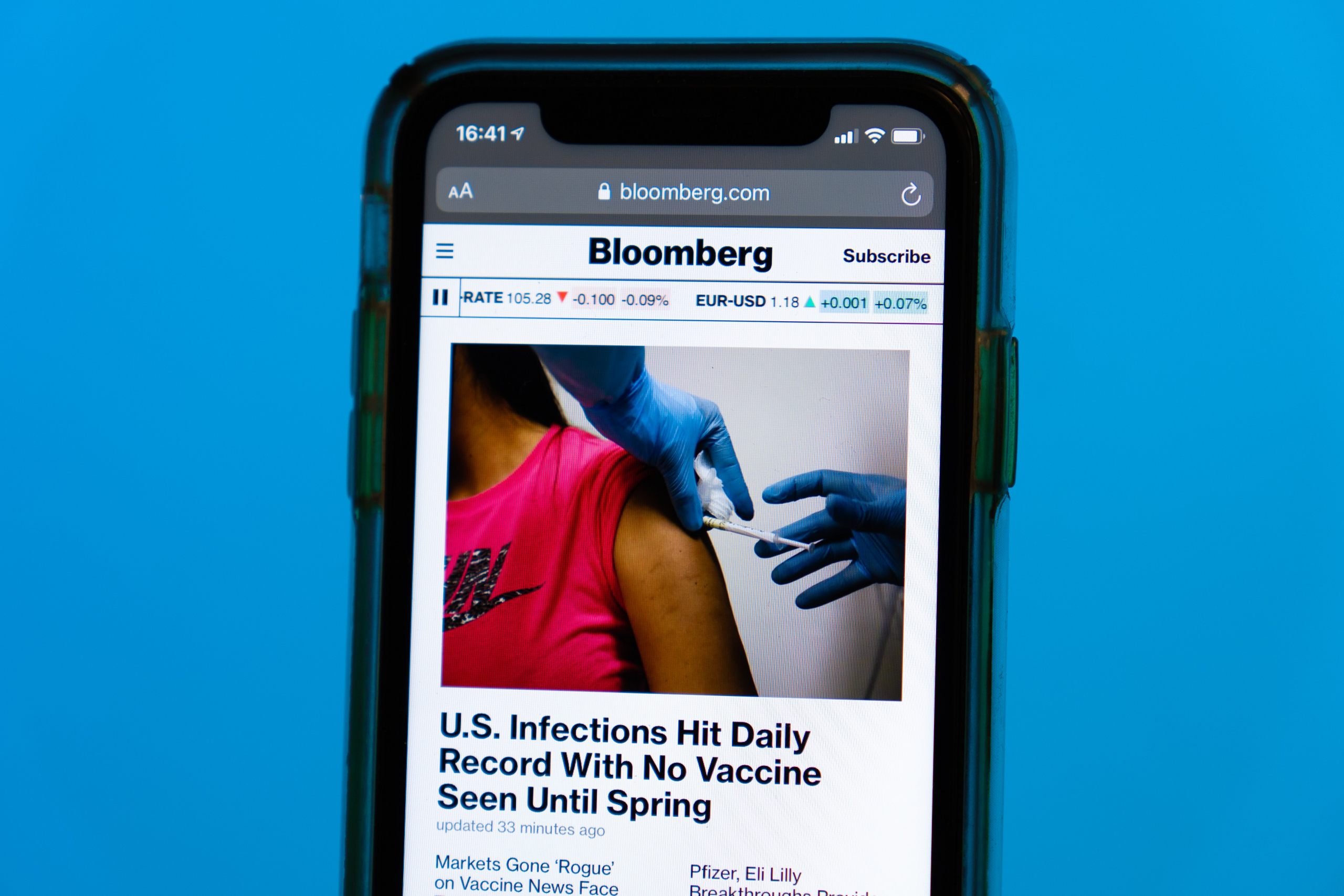
Coronavirus Vaccine Dashboard Samples here.
Download our one page MediaSignal overview, learn how we do it!
The globe was paralyzed starting in 2020 by the Coronavirus. Without a doubt the virus has had incomparable negative effects, not just in terms or lives lost, but on peoples’ livelihood and lifestyles. But it would seem that negative news during the pandemic has become the norm. Even when the situation seems to be improving (case numbers dropping, vaccines delivered, and restrictions lifted), the news media in the US has focused on the negatives – resulting in something of a negative news bias.
In the recent New York Times article this negative news bias is explored front on. According to the study by Bruce Sacerdote, the US medias’ coverage was negative overall regardless of the data or what scientists were saying.
“About 87 percent of Covid coverage in national U.S. media last year was negative. The share was 51 percent in international media, 53 percent in U.S. regional media and 64 percent in scientific journals.”
Our Coronavirus dashboard mirrors this finding. In the sentiment dive section of our dashboard, the US’s cumulative media sentiment has been negative from January of last year up until now. And when looking at sentiment and risk by publication, no matter the partisan tilt of each publication, the coverage is negative and laden with risk language. Even as fatalities have declined and the percentage of individuals wearing masks have increased, the overall media sentiment has not followed the rate of change of either of these data insights.
The issue with a negative news bias is that it does not help to present an accurate picture of reality. While the researchers mentioned in the NYT’s article can’t pinpoint one reason for such a bias, they do have a leading contender: that this is what the public wants. Negative articles are shared and read much more, and media publications are much more attuned to readership than say a scientific journal. This is not to say that journalists are actively pandering to the public, but it does point out an ongoing problem that can be addressed now that it is backed by facts.
Explore our Coronavirus dashboard here.
New Approvals, Production Delays and Lab Studies Influence Vaccine Media Coverage
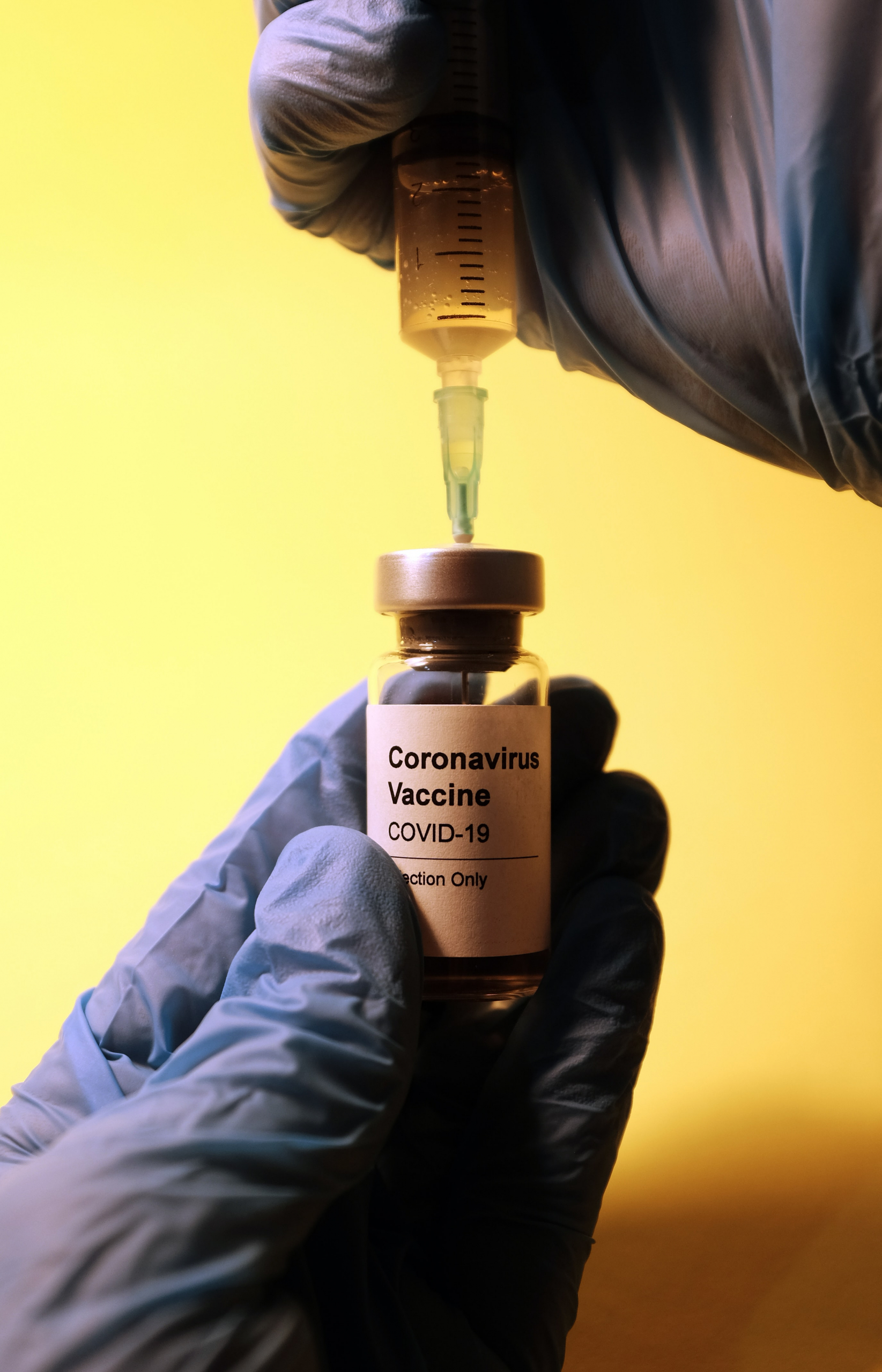
See our Vaccine Dashboard insights here.
Download our one page MediaSignal overview, learn how we do it!
Vaccine programs are in full swing across the U.S. and much of Western Europe. But with new vaccines receiving approval from regulatory bodies and testing being done on each vaccine’s strength against rising Covid variants, their media coverage is fluctuating quickly.
Just over a week ago, Johnson & Johnson’s vaccine was approved for use by regulators in the U.S. and Canada, with the EU set to approve the vaccine sometime this week. The U.S. and Canada’s approval of the only single-shot vaccine explains what we see in our vaccine dashboard’s trend section: the previous 14 days see Johnson & Johnson with the highest share of coverage. Their coverage was decidedly positive, as a single-shot vaccine makes distribution and inoculation simpler that the Moderna and Pfizer options. However, that media sentiment has quickly soured, as over the past couple of days Johnson & Johnson has announced production issues that will delay delivery across Europe. Meanwhile, Pfizer’s vaccine saw an increase in coverage due to news that it neutralizes the Brazil variant in a recent lab study.
The quick change in media sentiment and coverage is mirroring the volatile and fragile situation as the globe scrambles inoculate its population. And each day presents new findings on the vaccines’ efficacy against variants and issues with global supply chains. However, it is important to note that overall media sentiment towards the vaccines is positive (40% positive coverage vs. 31% negative), a fact that hopefully translates to less hesitancy towards the general population receiving their vaccination.
To keep up to date with all vaccine related coverage make sure to visit our Vaccine Dashboard insights here.
Photo by Hakan Nural on Unsplash
February 2021
The Fate of General Motors’ EV Push is still Undecided
Electric Vehicles (EVs) have been around for a while now, but for the everyday consumer they haven’t become the norm. This is a reality that both the current U.S. administration and General Motors are trying to change, and real advertising dollars are being used to do just that.
But just how effective is this push going to be? Our article analysis of a recent article on GM’s Super Bowl ad can help demystify the effects of the big marketing push to convert consumers into buying EVs at a more robust pace.
The overall media sentiment of the article is positive, for both its headline and content, but this doesn’t tell the full story. While the article paints the renewed push to promote EVs in the U.S. as positive, there is a strong presence of risk and security language throughout. GM is making a bet that it can curtail Tesla’s dominance in the EV market with a glittery star-studded ad. Making a patriotic pitch to Americans to become first in the world in EV sales (mentioned throughout their Super Bowl ad is that the Nordics account for 54% of all new EV sales).
The investment’s payoff is nebulous at this point, but it is the first major push by the Detroit giant to push the EV market on all Americans. The majority of the entities in our word cloud are neutral entities based on contextual sentiment. General Motors dominates the cloud but is decidedly neutral, and its only EV currently on the market, the Chevy Bolt, doesn’t fare better. From a marketing and PR perspective this is neither good nor bad news. If Americans share this neutral stance on their EV push, it leaves the American automotive giant with a lot of space to grow.
Take a look at our full MediaSignal article analysis to get more insights here.
“File:2019 11 Chevy Bolt DCA 0427.jpg” by Mariordo (Mario Roberto Durán Ortiz) is licensed under CC BY-SA 4.0
AP – Renewable Energy Sector Hit by Storm of Accusations in Texas
While millions of Texans are still battling days without electricity, running water, and heat during freezing temperatures, the renewable energy sector is battling the claims that it is to blame for it. AP news reports that multiple commentators and politicians have accused renewable energy resources of being the main cause of power outages. These claims about reliance on renewable energy being mostly responsible for the blackout, created a media frenzy around hot button topics like the Green New Deal, sustainability, and climate change. Through all this noise though, AP reports the facts, that the State of Texas relies mostly on natural gas and that natural gas, coal, and nuclear energy sources were responsible for nearly twice as many outages as wind turbines and solar panels. Our RCS analysis on the article shows high use of security language and our Risk score analysis shows this article scoring high when compared to thousands of other articles. It seems as though the conversations surrounding climate change, and sustainability in the news are becoming direr and direr and they are not going away. To see more interesting insights on this article check out our full analysis here.
Painting a Positive Media Landscape using Media Intelligence
Last week we put out a post highlighting Zendesk’s PR team for the positive coverage of Zendesk’s new messaging solution. Good coverage vs. negative coverage can be easy to spot, but weighing just how positive an article is, is not as easy of a feat.
Our article analysis can do just that, a useful tool for PR teams to highlight the effectiveness of their work. And while looking at one positive article is good news enough, tracking media sentiment over a couple of articles can paint a better picture.
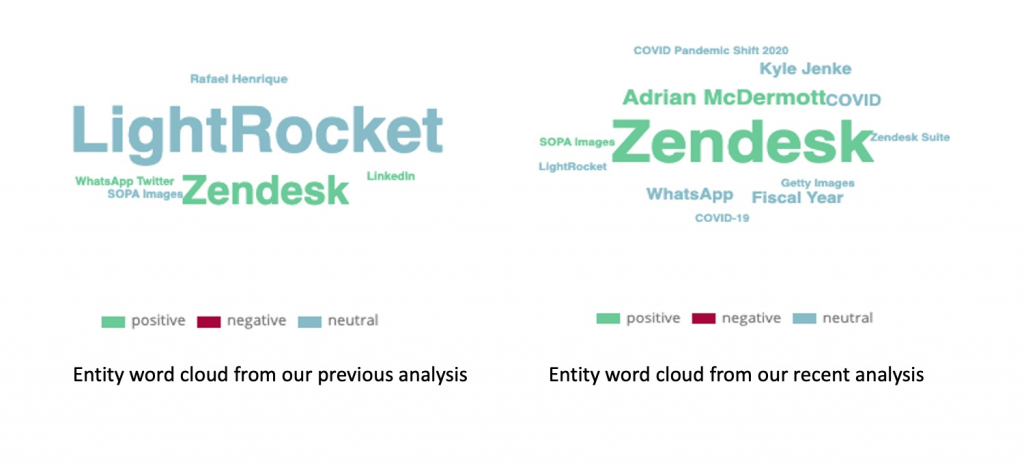
Science4Data Entity comparison
Looking at the Forbes article that came out just a day following the glowing praise Zendesk received for their messaging tool, we can see an even further positive swing in Zendesk’s favour. Our entity word cloud shows a substantially larger appearance of a positively coloured Zendesk, reflecting increased frequency of mentions within the article. In addition, the article’s media sentiment doubled its positive sentiment score. Zendesk’s President of Products also makes a positive appearance in our entity word cloud.
This article shows that there’s something of a winning streak for the Zendesk team. Our analysis using media intelligence helps demonstrate a surge in positive coverage for the CRM company in no uncertain terms.
Take a look at our full MediaSignal article analysis to get more insights here.
“Trading Floor at the New York Stock Exchange during the Zendesk IPO” by Scott Beale is licensed under CC BY-NC-ND 2.0
A Deeper Dive into Vaccine Coverage Shows Novavax Leading the Way
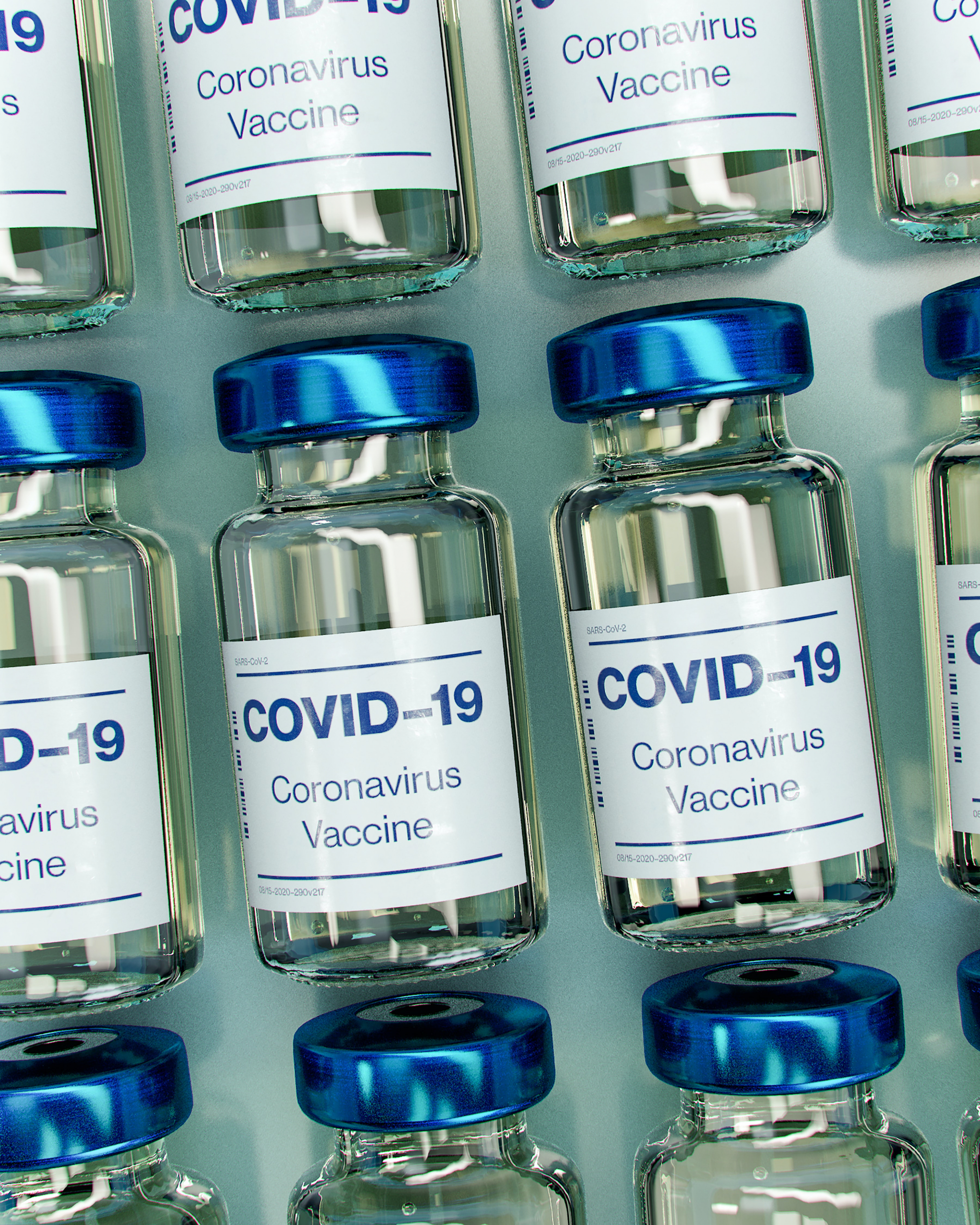
See our Vaccine Dashboard insights here.
Download our one page MediaSignal overview, learn how we do it!
Vaccine efforts are well underway in most of the world. With leaders in vaccination campaigns being the United Kingdom and Israel, and amongst the laggards the United States and Canada. But rather than focus on the success of each nation’s inoculation efforts, using our Vaccine dashboard, we’ve looked at each vaccine announcement to see which has succeeded in receiving the most attention.
We mentioned in our post last week, how Moderna’s vaccine announcement received a much larger share of voice than Pfizer’s about a week prior. However, upon a deeper dive we can see that the majority of the huge spike associated with Moderna’s announcement was pushed from social media mentions. Meanwhile, Pfizer’s announcement seemed mostly unaffected by social media.

A similar success story to Moderna’s is Novavax. The runt of the litter has done an excellent job in news mentions, and decently on social. What is leading to this difference in coverage for these vaccines? It is not just relevance of content, as anything vaccine related is seen as incredibly important. For example, Johnson & Johnson’s vaccine, a single dose vaccine that doesn’t require the extreme refrigeration of Pfizer or Moderna’s vaccines, received a bump in coverage in the lead up to their clinical trial announcement and after, but was still outpaced by Novavax in mentions. It could be that it is currently important for a vaccine to work against the new U.K. and South African variants of Covid-19. Which Novavax has claimed its vaccine is effective against, possibly explaining their media dominance.
While the answer is unclear what’s driving certain vaccines to dominate coverage, it’s fair to say Novavax’s PR team is looking pretty smart.
Keep up to date with our Vaccine dashboard insights here.
Photo by Daniel Schludi on Unsplash


